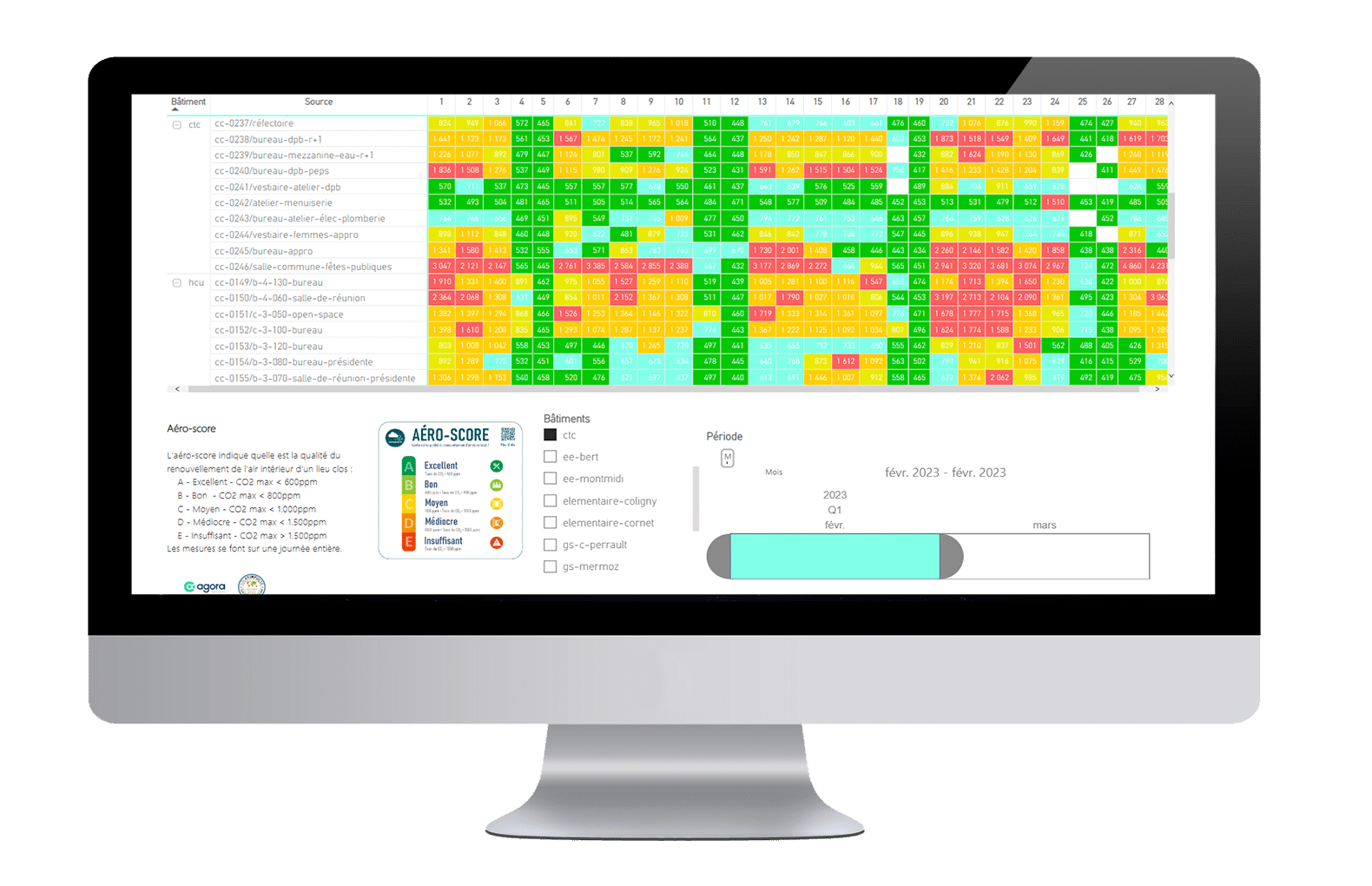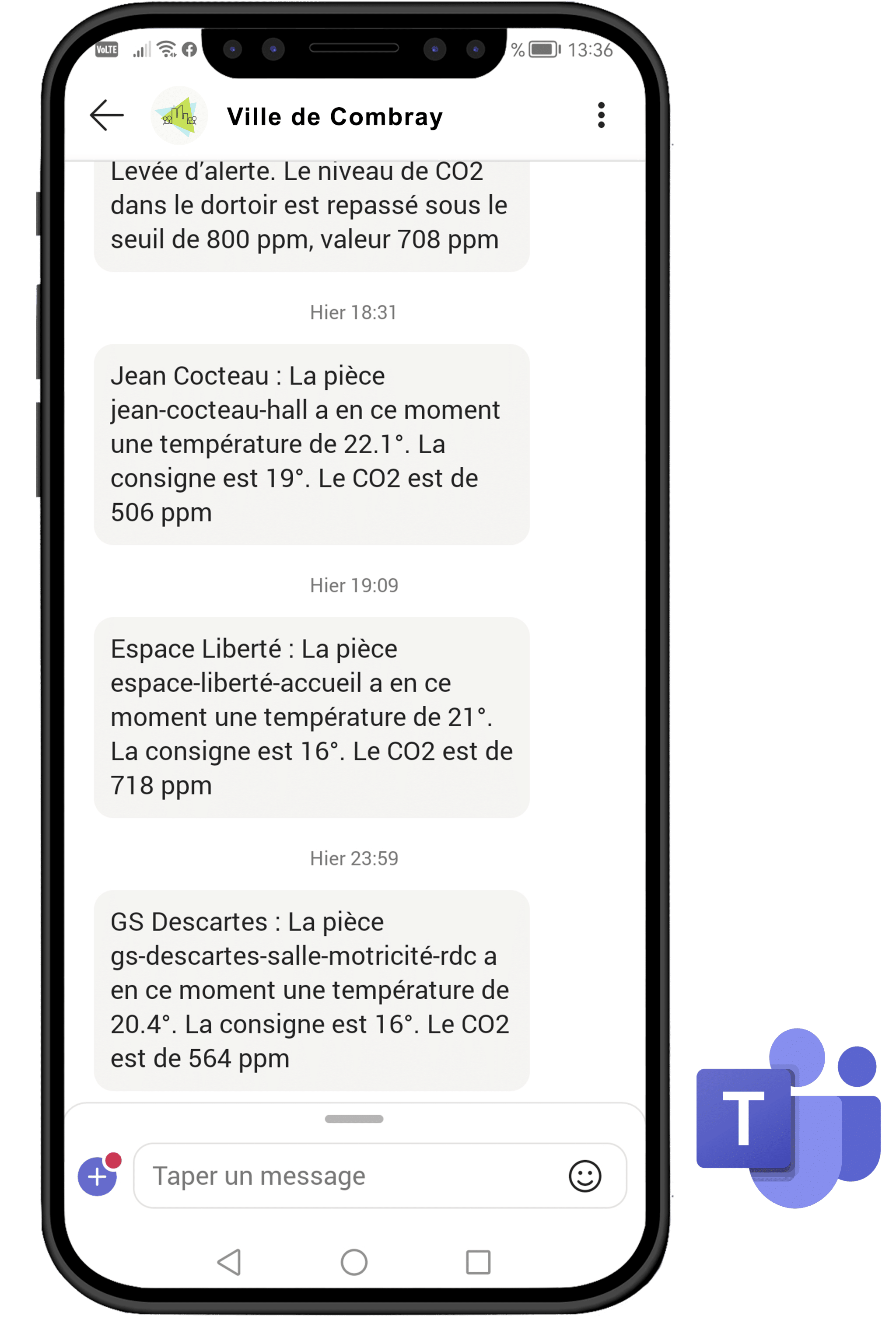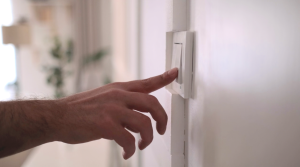Monitoring air quality of buildings
Measuring air quality and specifically the concentration of pollutants has become essential. However, to improve the situation, appropriate actions must also be taken.
This requires accurate measurements, real-time availability of captured data, and effective communication with stakeholders.

How to quickly measure the air quality of multiple buildings?
From an MS Teams channel,
in the language of their choice,
every agent has real-time access to simple, global information,
via notifications and alerts, or by making a query wherever they are.
Elements that must interact:
CO2 and VOC sensors
Installed in each room to be monitored (classrooms, canteen, multipurpose room…)
Calendar of use of the premises
To take into account the context of the data and determine who to notify if critical thresholds are exceeded
Additional information
Current and forecasted weather;
Road and port traffic ;
Pollen concentration;
Outdoor air quality;
Climatic alert (heat wave, extreme cold, storms)…
Persons concerned by the measures
In notification (alert on threshold crossing, daily bulletin…) and in real time interrogation:
Technical Services Department;
Technical manager of the school;
Teachers and directors of the school…
To go further...
As a major public health issue, air quality must be strictly controlled and improved.
Schools, canteens, sports facilities, theaters and any closed room receiving the public and agents, all places where it is necessary to control the concentration of certain pollutants:
- Carbon dioxide (CO2): it is an index of confinement in public places. When the concentration approaches 1000 ppm (parts per million), it is time to ventilate (open the window, force the ventilation, etc.);
- Volatile Organic Compounds (VOCs): toxic above 1000 µg/m3, they are often produced by wall coverings, paints, furniture, etc. Here also, it is advisable to improve the ventilation of the premises.
Beyond the physical measurement of these values, it is necessary to draw conclusions in real time: warn the teacher to open the window, the technical director to put the room under surveillance, increase the flow of the ventilation system, etc.
You may be interested in these use cases on more sustainable management
Which plan for your city?
Indoor air quality (IAQ) monitoring is mandatory in nursery and elementary schools as well as in day care centers since January 1, 2018, and in leisure centers, colleges and high schools since January 1, 2020. In all enclosed spaces, air quality is a public health issue.
Not all territories have the same demographics or the same real estate assets. Therefore, our offers are adapted to your needs. Contact our team in order to quickly realize your projects!







